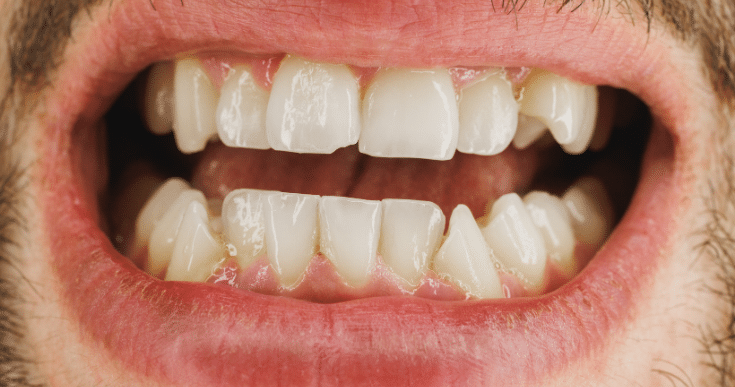
Toothaches are never fun, but the fear of a root canal can send shivers down even the bravest spine. But what if you knew the timeline of how a cavity progresses to a root canal? This knowledge empowers you to take preventative measures and potentially avoid the procedure altogether. Let’s delve into the journey from cavity to root canal, exploring the key stages, statistics, and what other websites often miss. Remember, information is power, and this article equips you to navigate your oral health with confidence. While Arcade Dental Pharr is not affiliated with this content, they share the same commitment to patient education and preventive dentistry.
Factors That Affect the Progression of a Cavity
White Spots (Demineralization): This early stage is often invisible to the naked eye but detectable by dentists. Minerals are lost from the enamel, creating white spots. At this point, remineralization with fluoride treatments can reverse the damage.
Enamel Decay: The acid continues its assault, creating a visible hole in the enamel. This stage usually doesn’t cause pain, but fillings are necessary to prevent further progression.
Dentin Involvement: Now, the decay reaches the dentin, which is more sensitive than enamel. You might experience mild sensitivity to cold or hot stimuli. Fillings are still a viable option at this stage.
Pulp Inflammation: If left untreated, the decay advances to the pulp, causing inflammation and severe pain. This stage necessitates a root canal to remove the infected pulp and save the tooth.
Abscess Formation: In the worst-case scenario, the infection spreads beyond the tooth root, forming an abscess (painful pus-filled pocket). This might require tooth extraction and additional treatment.
How Long Does It Take for a Cavity to Turn into a Root Canal?
There is no set timeframe for how long it takes for a cavity to progress into needing a root canal. The speed at which decay spreads varies from person to person and depends on various factors, such as oral hygiene practices and diet. In some cases, it may take months or even years before a cavity reaches this stage. A cavity can progress to a root canal between months and five years. This depends on factors like your oral hygiene, diet, and individual susceptibility.
Tips for Preventing Cavities and Avoiding Root Canals
- Aim for twice-daily brushing for two minutes each time, using a fluoride toothpaste. Don’t forget the inner cheeks and tongue, where bacteria love to hide!
- Your toothbrush can’t reach everywhere, so flossing once a day is crucial to remove plaque and food particles between teeth.
- Sugar is the enemy’s fuel. Limit sugary drinks, candies, and processed foods. Choose water, fruits, and vegetables instead.
- Fluoride strengthens teeth and fights decay. Use fluoridated toothpaste, mouthwash, or consider professional fluoride treatments.
- Don’t underestimate the power of visiting your dentist every six months for professional cleanings and checkups. Early detection is key!
- Chewing sugar-free gum after meals can increase saliva production, which helps wash away food particles and bacteria.
- For children and adults with high cavity risk, dental sealants can protect the chewing surfaces of back teeth from decay
- Smoking weakens your immune system and increases your risk of gum disease, which can contribute to cavities.
- Dry mouth reduces saliva flow, making you more susceptible to cavities. If you experience dryness, talk to your dentist about solutions.
A: Thanks to advancements in dental technology and anesthesia techniques, root canal procedures are typically no more uncomfortable than getting a dental filling. Patients may experience mild soreness following the procedure, which can be managed with over-the-counter pain medication.
A: Yes! Practicing good oral hygiene, maintaining a healthy diet, and scheduling regular dental checkups significantly reduce your ris
A: Severe pain, sensitivity to hot/cold, swelling, pus drainage, and discoloration of the tooth are all potential indicators.
A: If the tooth is severely damaged or infected, extraction might be the only option. However, preserving your natural tooth is always preferable whenever possible.
In the realm of oral health, knowledge is power. By understanding the journey from cavity to root canal, patients can take proactive steps to preserve their natural teeth and maintain optimal oral health. At Arcade Dental Pharr, we are committed to providing compassionate care and personalized treatment plans to help our patients achieve lifelong smiles.




